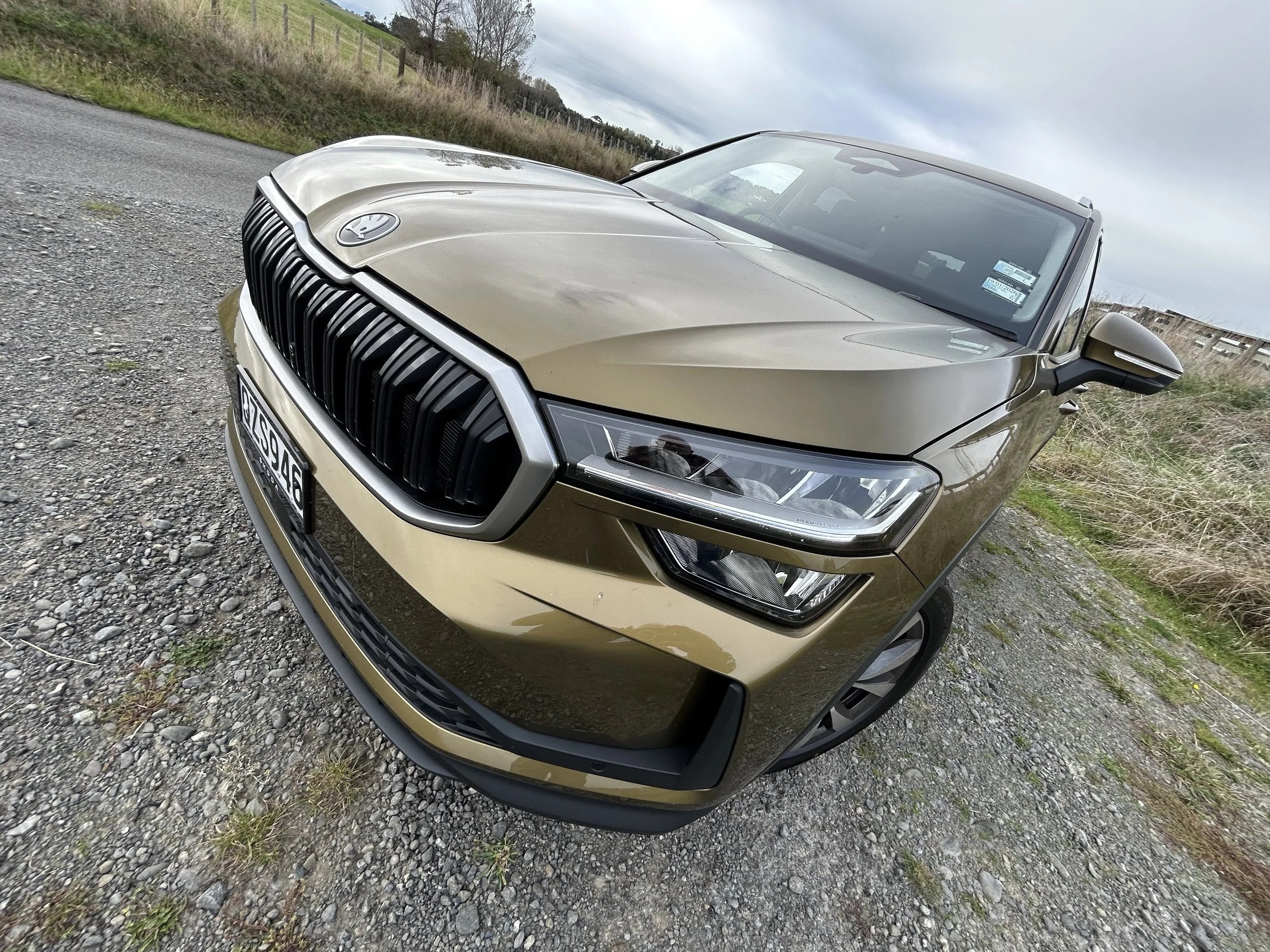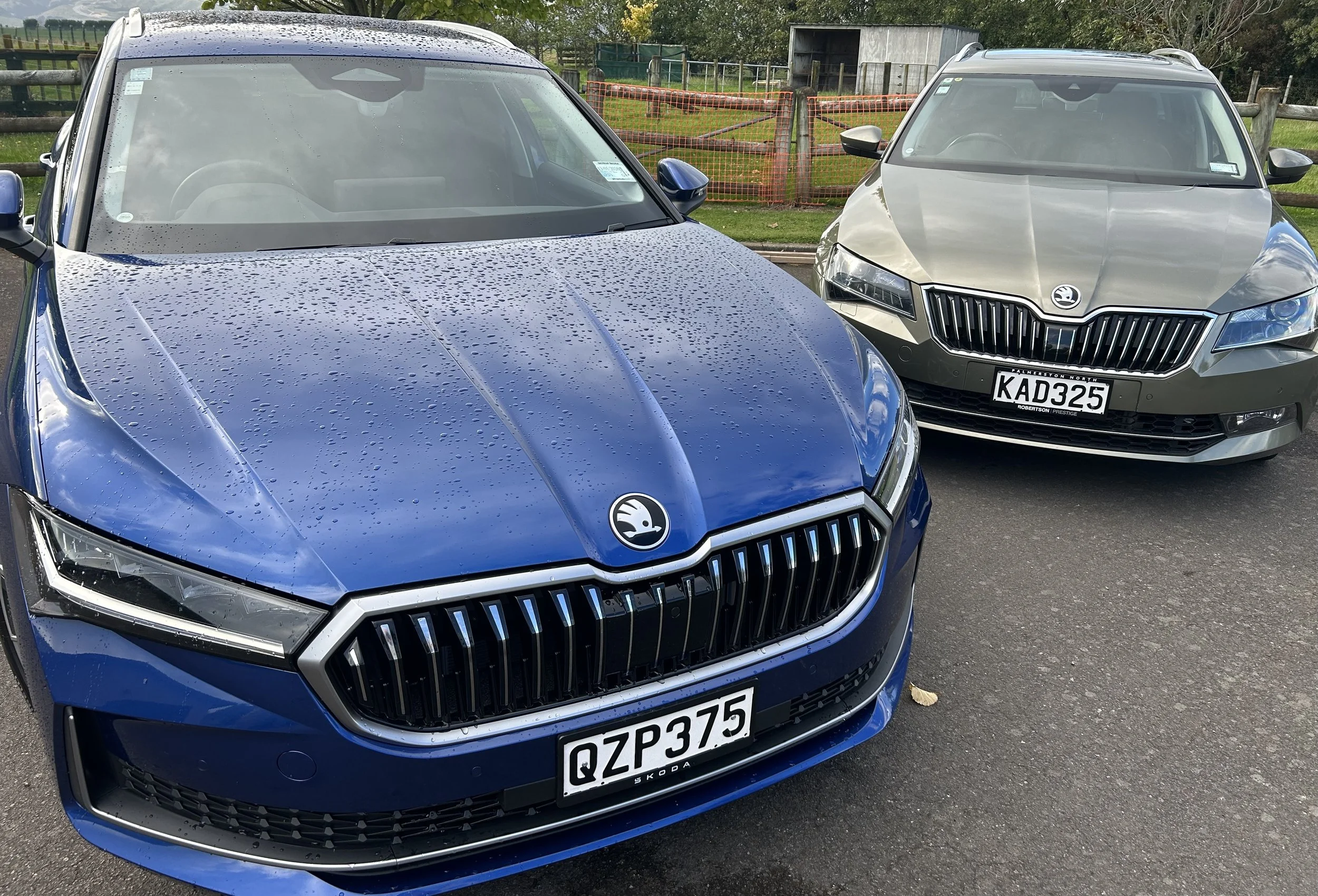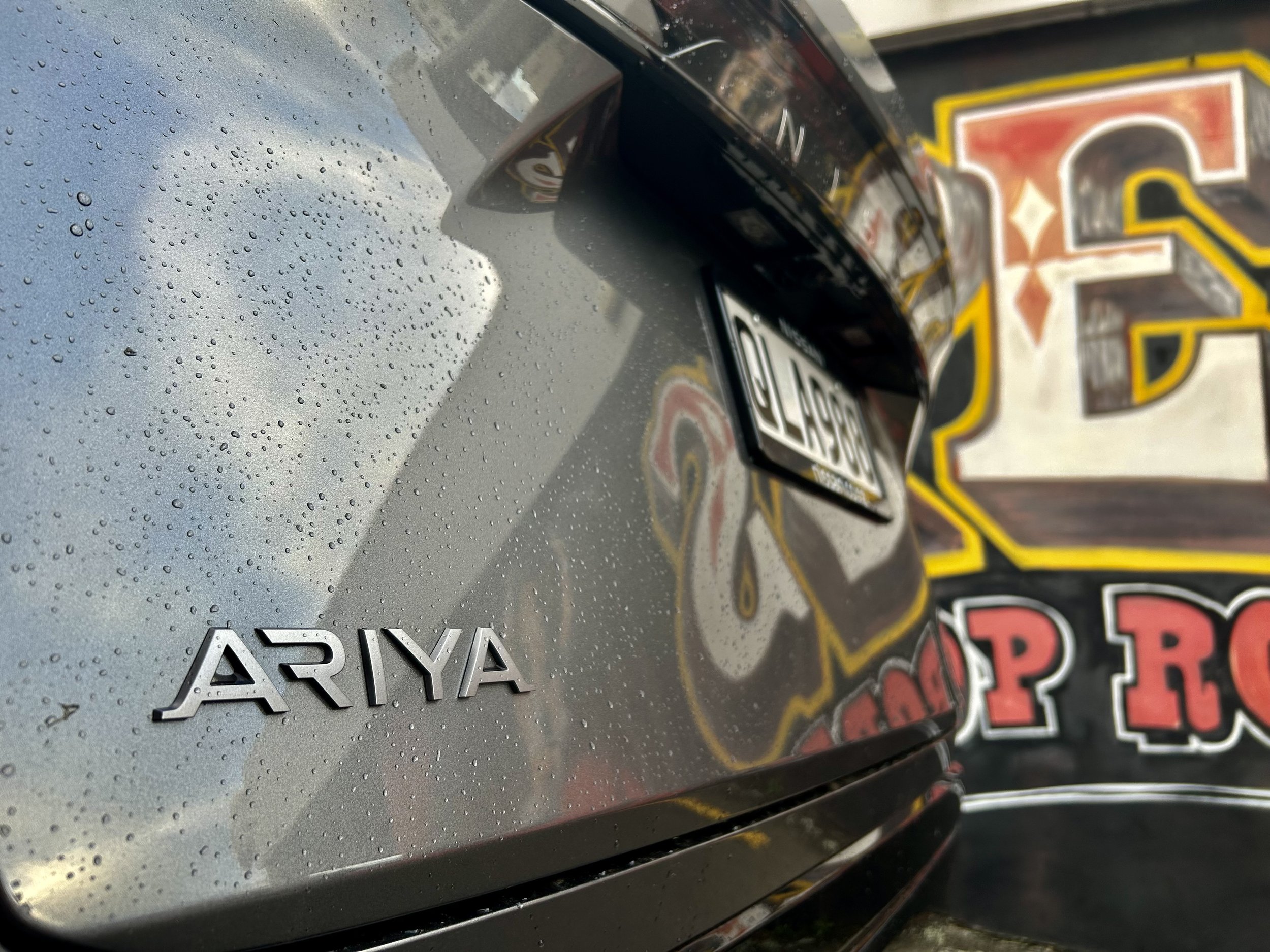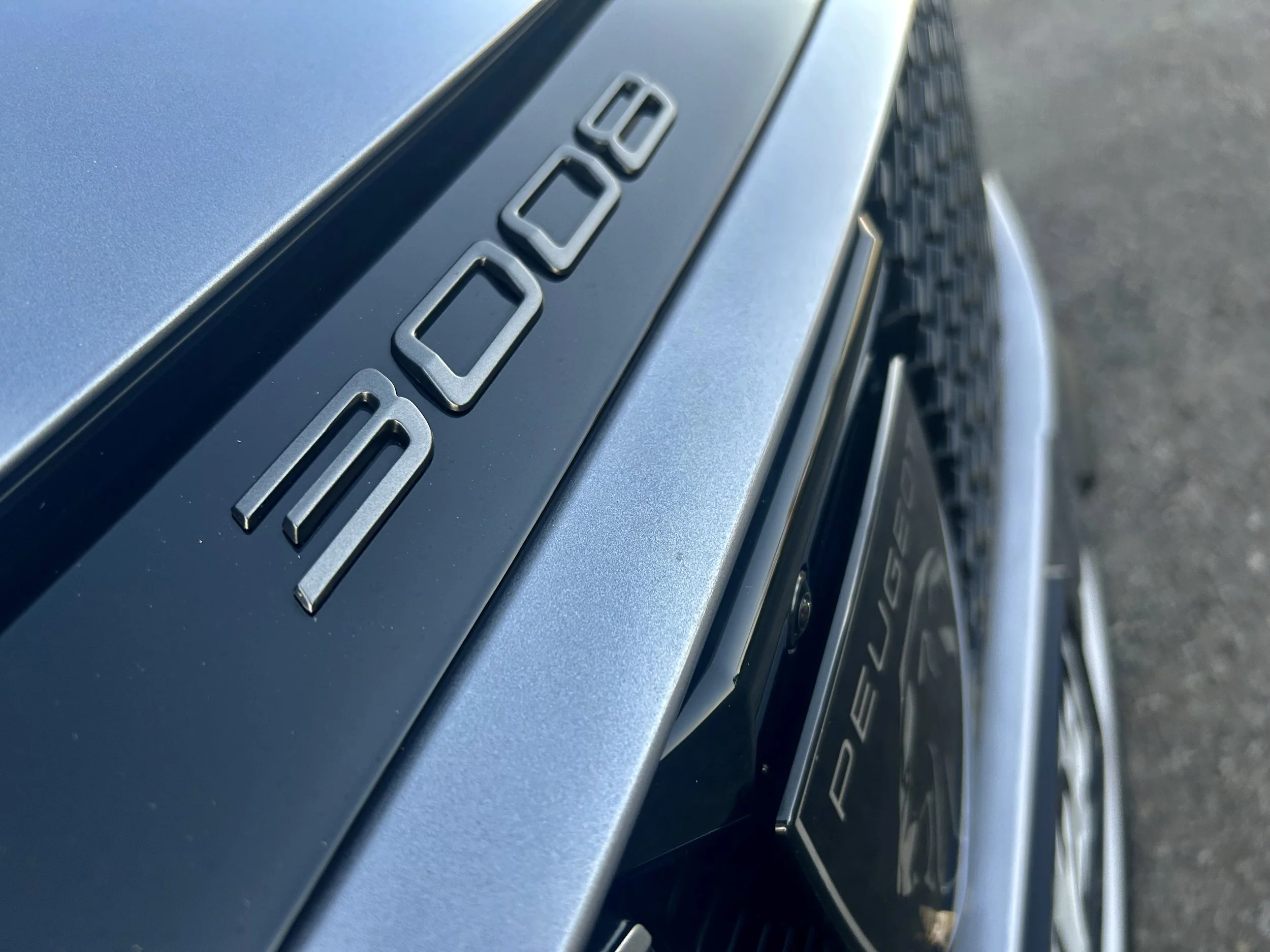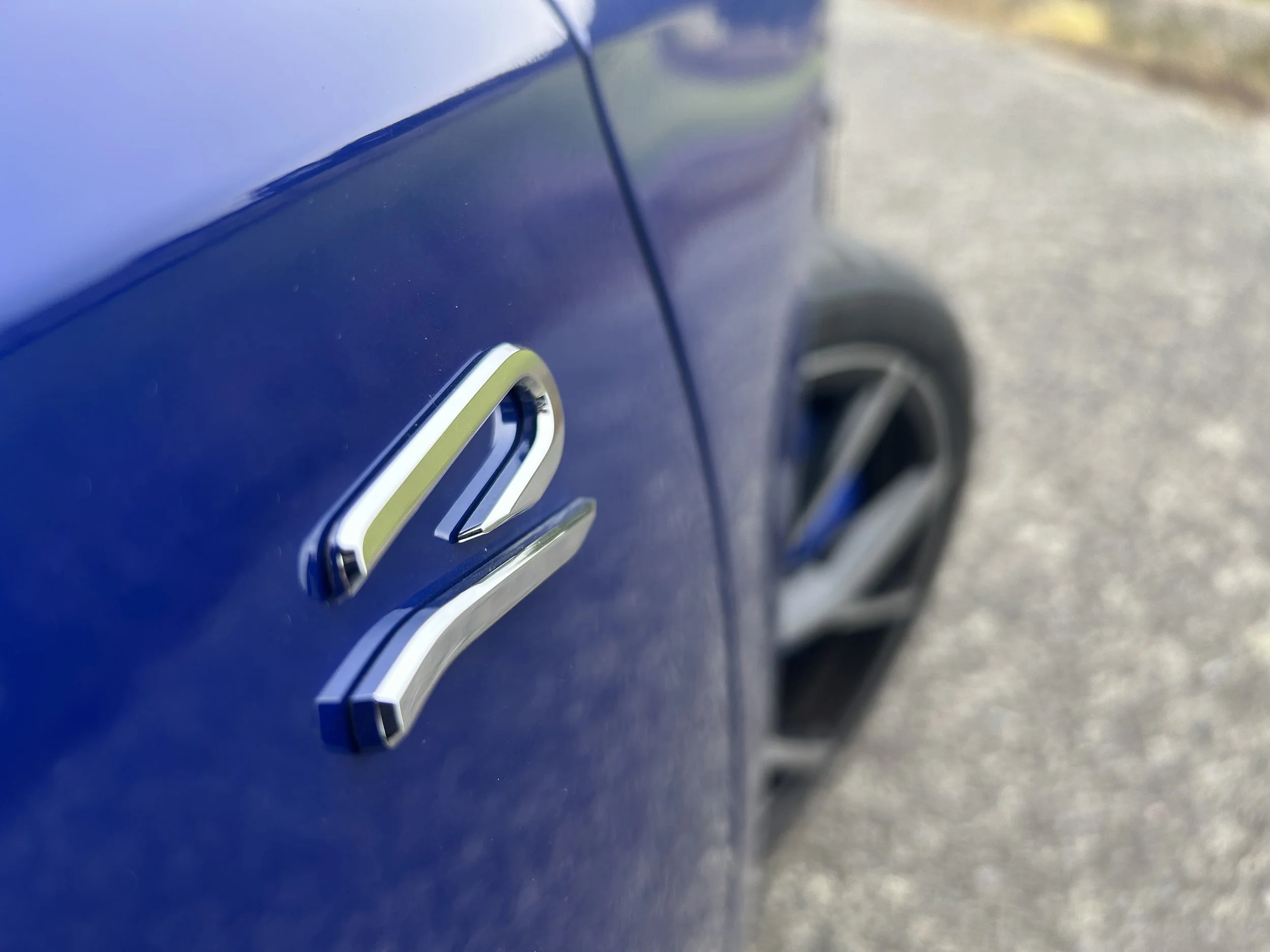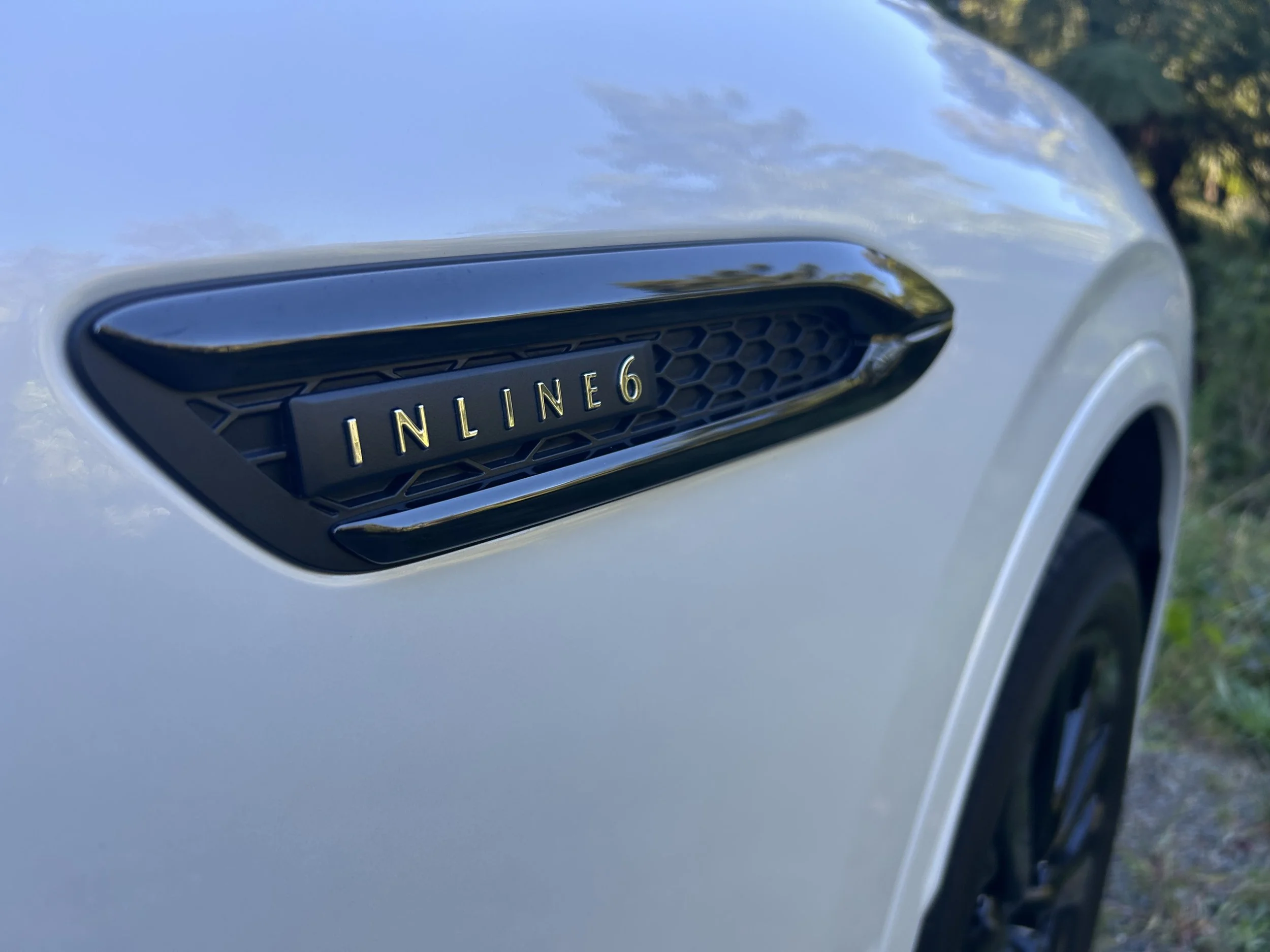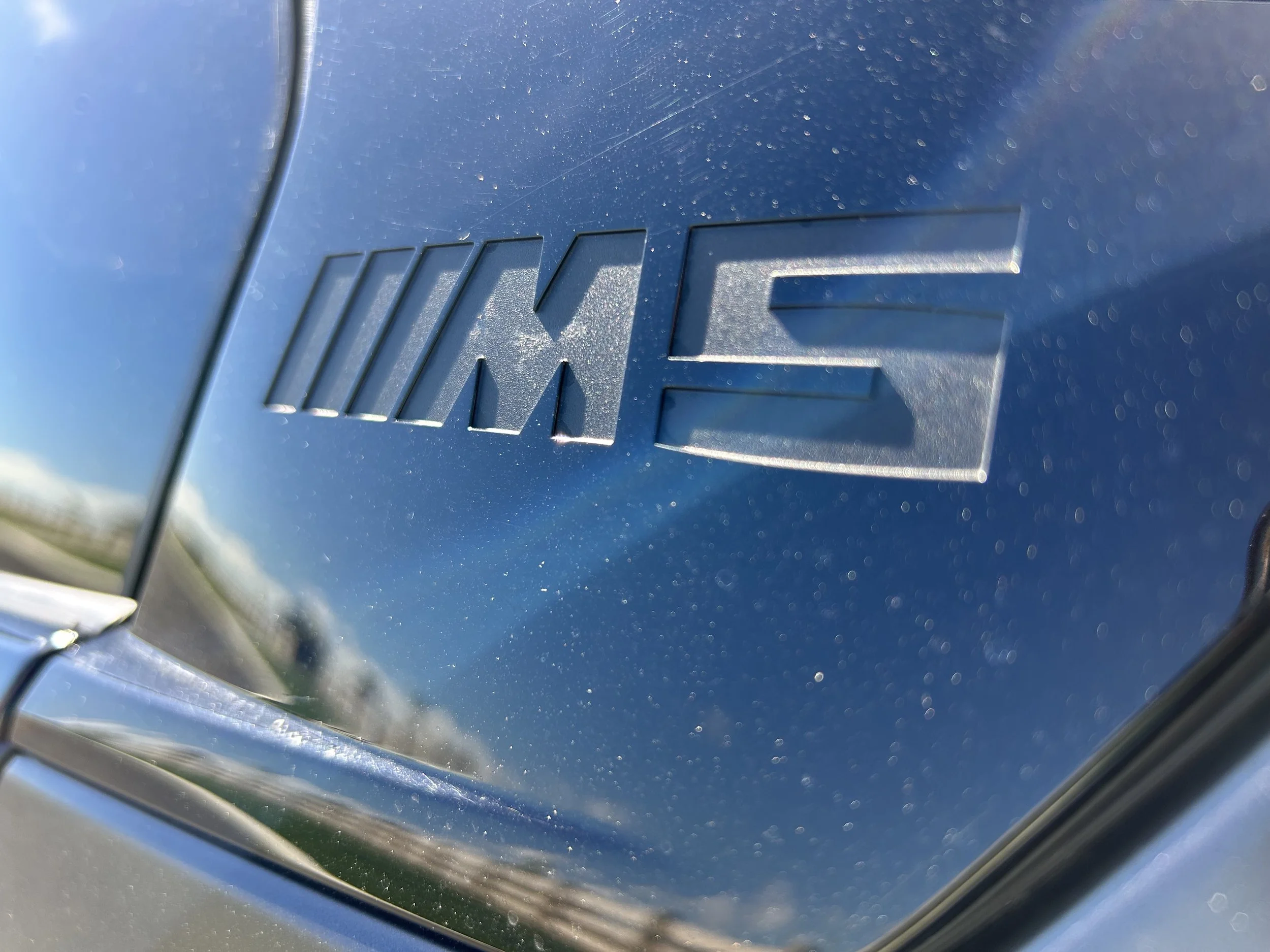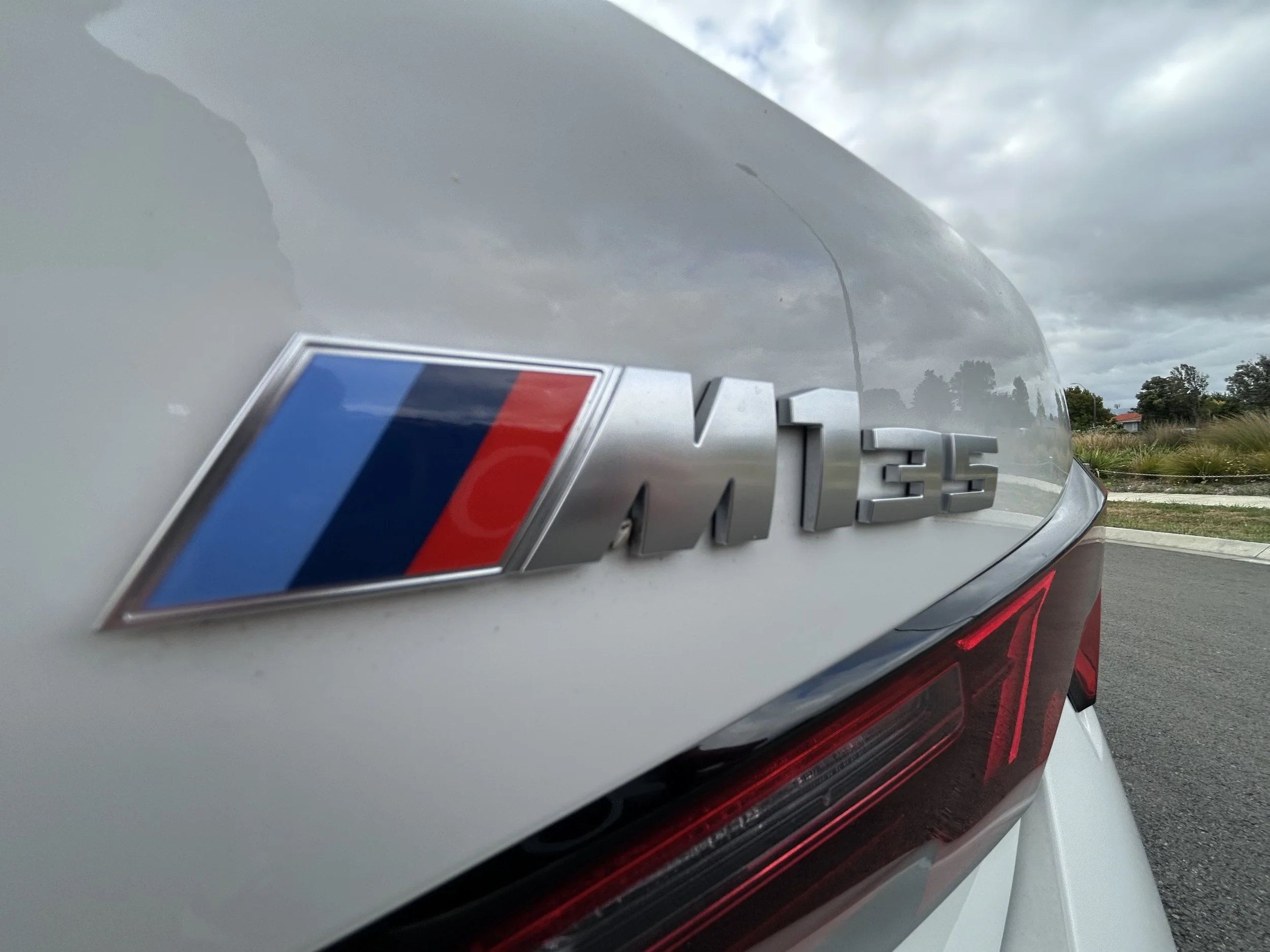Kona EV: Easy-going electric crossover
/Marrying a wholly battery driven drivetrain into a kiwi favourite small crossover delivers a pleasing outcome, but it’s unavoidably an expensive wedding.






BARELY two years ago, I drove Hyundai’s Ioniq electric car on New Zealand roads, almost wholly beyond city limits, and struggled to achieve 210kms range – but it was still a breakthrough.
Yesterday, I drove the brand’s next all-electric offer, again in local conditions, again almost wholly at 100kh and this time across a more demanding route … and almost achieved double that distance, with enough left in the ‘tank’ for perhaps another hour of easy urban driving.
The rate of progress achieved by South Korea’s most powerful carmaker in the electric sphere is truly remarkable and highly impressive, not least when you consider that its rough equivalent in Japan, Toyota, is still stuck at the hybrid phase and has yet to even get one wholly battery-compelled car into our roadscape. No other brand has done so much, so expediently, to bring relatively inexpensive EV product to the market as the Korean giant.
Plaudits apply to the Kona EV, even more of a landmark than that medium hatchback of 2016, this brand’s first production EV if you remember, in that it is the first battery-powered compact crossover to be available to Kiwi consumers.
Two versions are availing, both sharing an AC electric motor driving the front wheels via a direct drive transmission, fed by a lion-ion polymer battery that resides under the floor and has a 10-year warranty.
The entry edition, arriving later this year, has a 39.2kW assemblage creating 100kW power and 395Nm torque, with a 90 cell 327 Volt, 120 Amp hour battery, good for 250kms’ driving between recharges and strong enough to propel the model to 155kmh, with 0-100kmh in 9.7 seconds.
Then there are two more variants, an Elite here now and an entry edition to follow within a month, sharing a 98 cell 64kWh battery (360V, 180Ah), that’ll give 400kms driving, a top speed of 167kmh and a 0-100kmh in 7.6s experience.
Fascinating, ground-breaking and, quite probably, quite alluring, right?
So the catch is …
As always, with brand-new EVs, it is the admission fee. Cars that cost very little to operate are expensive to buy into, not least when they run leading edge components, which is certainly the swank liquid-cooled (which minimises power output disparity in extreme temperatures) battery from LG Chemical.
The base small battery car has yet to be priced and potentially won’t be until much closer to launch. But odds are it’ll be above the most expensive fully-electric Ioniq, the $65,990 Elite, whose 28kWh, 96 cell, 360V, 78Ah battery allows 210kms’ driving and creates 88kW and 295Nm.
That’s because the highest output Konas certainly are. With respective tags of $73,990 and $79,990 completely blowing out of the water theory, fuelled by the super-sharp Ioniq strategy, that Hyundai might have been able to deliver the best-kitted car for under $70k.
Is this the price for being an extra-early international market adopter? To the point where we’ve had – as with Ioniq – to share cars kitted for Ireland, hence the ‘wrong’ side wiper and indicator wands.
One supposes that might have a bit to do with it, but perhaps not. We’re told that once Australia begins sale next year, we will switch to their models, which reconciles the European idiosyncrasies but won’t otherwise alter the spec or favourably alter the stickers.
For sure, we have to accept that EV tech, batteries in particularly, is mega-expensive. It does seem a shame, though that in a week where Mitsubishi, by cutting $8000 from the price of its rival Outlander VRX plug-in hybrid, lent weight to the argument of these things becoming cheaper over time, Hyundai chose to release a product that is barely any cheaper than a Holden Volt was almost a decade ago.
So now you’re probably a little less keen on going wholly battery. All the moreso having further recognised that until the electric Elite came in, the priciest Kona, the 1.6-litre petrol with a direct shift transmission, leaves $10 change from a $42k outlay.
The thought of being pretty much able to buy two of those for the price of the 64kWh car we drove on this first media test drive was hard to shake.
So, too, another factor: Recharging. A cold, hard fact hanging over EVs is that, the bigger and more powerful the battery pack, the longer it takes to recharge.
So it goes with the Kona EV. You might just as well forget about plugging it into a home wall socket; any meaningful ‘overnight’ replenishment would require being inconvenienced for up to 26 hours with the smaller battery and 43 hours for the larger. That’s obviously sobering to non-EVists, but not as shocking as some. The Tesla Model X, if you see it as a rival, takes longer.
There are better ways. One, which Hyundai NZ will push hard, is to buy into a home quick charger, which comes for several thousand dollars with final cost depending on the state of your wiring. The older the house, the pricier it can get. But, anyway, a recharge to good battery health will take 5-6 hours for the smaller one and 8-9 hours for the other.
Then there’s full direct current replenishment, which means visiting a fullblown commercial rapid recharger. The Kona is set up – as many new-era electrics now are (including all the fancy European ones coming from next year) – set up to hook into 100kWh rechargers. But NZ doesn’t have these yet; the biggest DC devices are 50kWh. Using these, the 39.2kWh car will come back to charge in 45 minutes. The bigger car asks for 75 minutes. So, a second cup of coffee and a couple more magazines to thumb through.
By the way, this data all pertains to replenishing up to 80 percent charge, a status Hyundai believes most owners will be happy with, as it’s a trait of Li-ion units that the final 20 percent is notoriously challenging to replenish. As a rule of thumb, with a household plug, one hour of charge equals 9/10 minutes’ driving, or another 42/44kms on the quick charger.
On this matter, too, the cited range figures could be improved by eco-driving zealots, as they cited as being ‘real-life’ and from Hyundai NZ’s actual experience. Yet how easy would be be to reach the factory's optimums of 312kms and 482kms that it says are resultant from applying the new Worldwide Harmonised Light Vehicle Test Procedure cycle that comes into effect on September 1?
For the test drive out of Hyundai NZ headquarters in Clemow Drive, Auckland, our cars were completely charged, to the point where the one I shared with a colleague registering a theoretical 445kms’ range on its trip computer.
By our lunch stop in Raglan, we’d travelled 150.7kms (one more than the route guide suggested, having taken a wrong turn) since the Mt Wellington start point, used 38 percent of the battery life and had 268km remaining range. After this, we toured Meridian’s adjacent Te Utu wind farm – by bus – then hit the road to reach Auckland airport, going inland via Ngaruawahia. Actual distance by journey’s end was 329km, the battery life was down to 18 percent at the point of stopping outside the terminal.
Power consumption worked out to 15.6 kWh/100km, rather in excess of the 12kWh per 100km required to make good on the optimal. That would be reflective of the undulating and winding route, driving styles and our pace, plus the impact of us messing with the different driving modes – apart from the default Comfort, there’s Power, Eco and Eco Plus – and the regenerative braking choices. All the whole striving to stick to a core plan to drive just as you would in any regular car. A concept that, when on the open road, is not wholly in tune with the Eco and Eo Plus modes, which for starters pin it back to 90kmh.
One emergent trait was that, the closer the ‘tank’ came to empty, the greater the signalled consumption rate, which is perhaps how it goes with batteries but seemed a bit unfair since the last leg was at constant easy pace on smooth Auckland motorway, a condition you would think would bring the Green goodness to the fore.
Nonetheless, the drive was a powerful reinforcement; the smaller battery car might be the one more likely suited to fleet prospects (where Ioniq is making most powerful inroads) yet the one with 64kWh of storage clearly, even at its prestige price level, has to be considered a proposition for buyers who have been waiting to fulfil that long-distance electric driving dream. In terms of its range and performance, it is a closer match to a Tesla Model X and Model S – both far pricier still - than the Ioniq EV and battery-pure Volkswagen e-Golf and Nissan Leaf, which are of course more comparable for equipment, size, practicality and brand image.
The donor Kona was designed for electric propulsion from the start, but the rework behind the production EV goes way beyond turfing the combustion mechanicals and fuel tank. Pretty much the whole underside of the car is battery; it’s large enough to not only enforce the car to grow a bit in length but also is so thick as to reduce ground clearance and be visible from following cars.
The major influence is weight. The most powerful battery clocks more than 400kg – that’s the equivalent of reasonably-sized four adults – so kerb weight swells to more than 1.6 tonnes.
This has massive effect on the driving. The Kona in regular form is a bit of a cheekily playful thing, but that’s not the feedback you’ll take from the EV.
It’s no whale, but neither is it particularly deft. Unlike other front-driven Konas it uses the more sophisticated independent rear suspension system you’ll find on the fossil-fuelled variants. But charge and chuck into a corner and you’re asking a huge favour of the 215/55 R17 tyres, which are of course efficiency-boosting low-rolling resistance types. This was on dry roads; even though its traction and stability control systems will do their best, you’d want to be cautious in the wet. At least, with the weight being as low as it could go, the car does feel planted and doesn’t express much body roll. It does ride with decent suppleness. Generally, it also feels like a bigger, heavier car than its dimensions might suggest.
Performance-wise, of course, EVs are pretty electric: That’s just how it goes, and it surprises me that people are still finding this a talking point. I daresay there will be some satisfaction by finding it is the second-fastest EV in this price range to just the BMW i3s.
Flatten the throttle and it’ll shoot off like a startled hare. The mid-range response is less strong, but there’s enough to effect overtaking with confidence, though overall it feels stronger when speeding up from town speeds than it does on the open road.
You can feel the effect of all that torque being transmitted to the road exclusively through the front wheels, however to the point where, if you chose to go hard out of a bend, it will interfere with your chosen steering line. The throttle sensitivity is also not quite right, especially in Sport; like the brake, it can be a little touchy.
The EV has a high standard equipment specification, but it has to be said that even the Elite’s 8.0in touchscreen infotainment system, digital instruments, head-up display and a premium audio system are not exceptional at this money. Also, while the car we drove was very well built, the trim qualities are not exceptional. Hyundai really needs to check out an i3 to see how to make a car like this fully chic.
The interior is broadly similar to the regular Kona’s, but not quite, in that obviously there’s no need for a gear stick. Instead, you get a cluster of four buttons, respectively for Drive, Park, Reverse and Neutral. Press the start button, hit the button for direction of travel and you’re away.
Naturally, it has design signatures to show that it’s of a new world order, the main ones being a redesigned grille and bumpers, as well as bespoke 17in alloy wheels. They’re really not that nice to look at, but do help reduce the drag co-efficient from the regular car’s 0.32 to 0.29.
The electric conversion does affect practicality, but not too badly. The EV side of things prohibits it being rated for towing – and even putting a hook on the tail to act as the anchor for a bike rack is not possible, as there are no mounting points. Cycles (and a luggage pod) can be mounted on the roof, using an after-market bracket from the maker.
Boot space relative to other models is smaller, down 29 litres to 332 litres overall. This after Hyundai having ditched the other cars’ space-saver spare for a tyre inflation kit. The EV bits also reduce the rear seat room; it’s only by a smidge but that’s not good news because the Kona is already rather compact. This one will be a squeeze for four adults.
Price will make this a tough sell, not least in 64kWh format, but it’d be a shame if the wrong kind of perception also attached.
Fact is, apart from its slightly weirder looking face and wheels – and, oh yes, the fact it announces itself in low-speed driving by emitting a very odd Dr Who-ish electronic warble (which can be de-activated) – this model divorces so little in overall look from a regular Kona that it is hardly noticed.
This sense of it being normal enough to pass muster could well be a powerful selling point for those who are ready to make the jump to an electric car which truly has more than enough usability to meet their daily needs.
Does the distributor itself get this? Having an alternate lifestyle champion as an EV champion is an in-vogue idea, likewise there’s nothing wrong with attaching a sustainability and clean-living message with the car’s sale.
Yet I’d suggest that, taking the customer introduction to the point of doing as they did for us - hosting lunch at a vegan restaurant – is probably not going to be conducive to selling the concept of EVs being for average people, with average lifestyles and that you don’t have to sign over to extremist tofu-fed tie-died Planet Killer ideology to earn driving rights.









